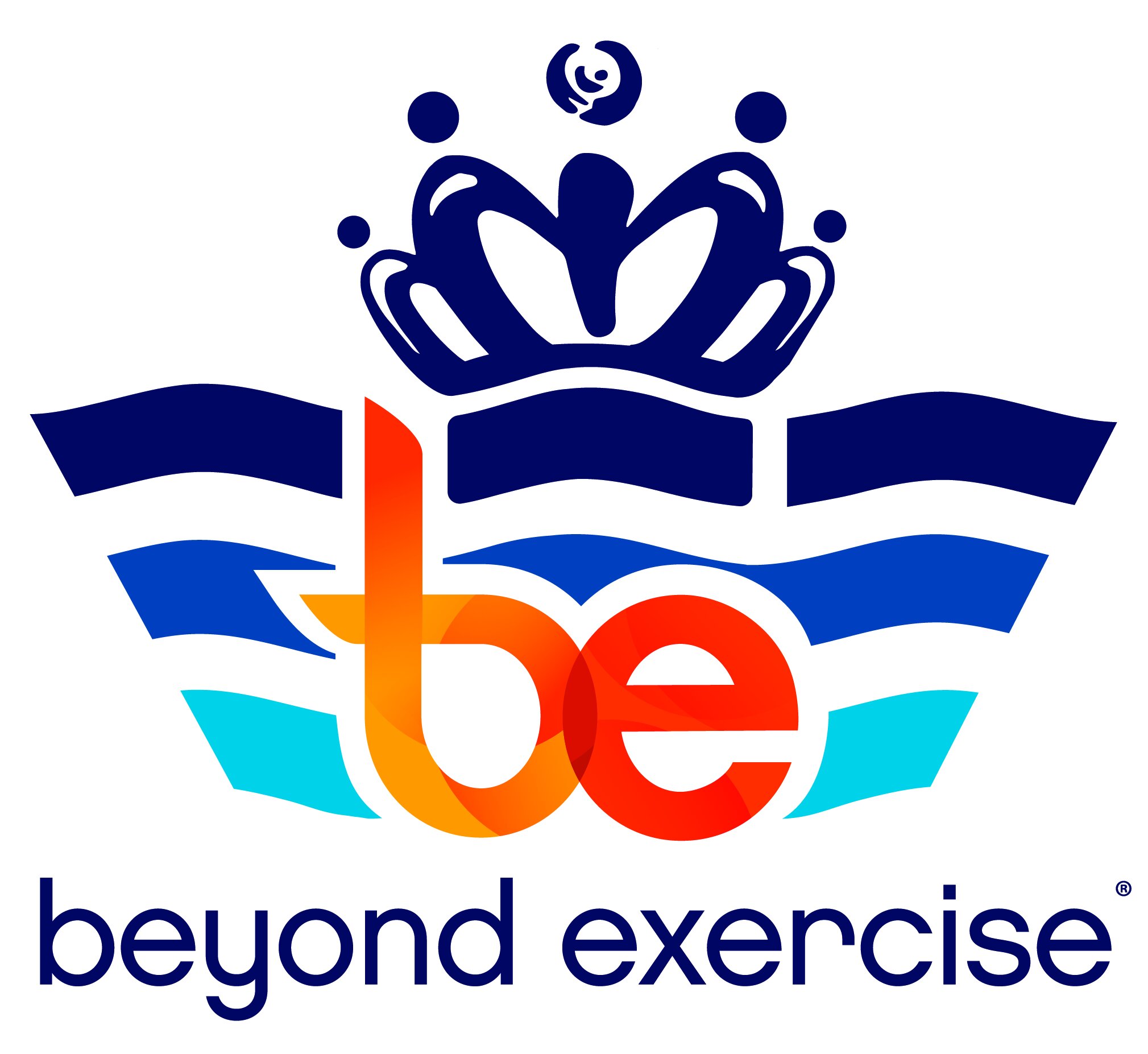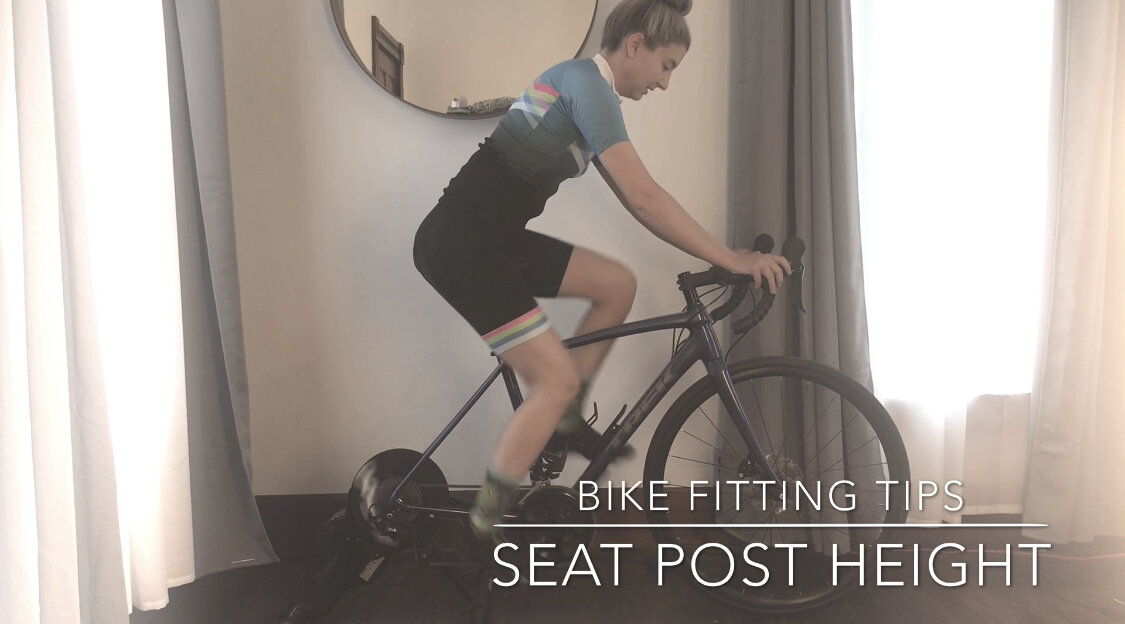Find the Correct Seat Height On Your Bicycle To Prevent Pain
Find the Correct Seat Height On Your Bicycle To Prevent Pain
by Dr. Ellen Foster, PT, DPT
Why is saddle height important?
In order to ride longer, faster, and without injury, it is important to find the ideal riding position for optimal biomechanics. Research has shown that of all bike fit measurements, saddle height is the number one determinant of pedaling efficiency and power output.
What happens when the saddle is too low?
A low saddle will cause excessive knee flexion, which commonly results in patellar tendonitis characterized by pain in the front of the knee. This injury is caused by increased compressive forces on the knee cap and tendons as you pedal.
What happens when the saddle is too high?
A high saddle will cause excessive knee extension and a “dead spot” at the bottom of the pedal stroke, which commonly results in hamstring tendonitis characterized by pain in the back of the knee. A high saddle can also cause back pain and can be observed by the pelvis rocking or sliding side to side as the rider attempts to reach the bottom of the pedal stroke.
What is the optimal saddle height?
Knee flexion method (Gold standard): 25*-35* bend in knee when pedal is at 6 o’clock - Professionals like physical therapists and bike fitters will use special equipment called goniometers or high speed cameras to measure this angle while you are on the bike.
However, if you aren’t a trained professional, using a goniometer isn’t as simple as it seems, so several other methods have been developed that you can do at home!
Heel-Toe Method (shown in video): Arguably the simplest method because it doesn’t involve math. Additionally, research has shown that when compared to the below methods, it is most accurate in finding a saddle height in the 25-35 degree range. Using this method, ideal saddle height will result in a straight knee if your heel is placed on the pedal in the 6 o’clock position, and a slight bend in the knee when your toe is on the pedal. If your heel cannot reach the pedal, your saddle is too high, and if you cannot lock out your knee, the saddle is too low.
LeMond Method: Greg LeMond is the most successful American cyclist of all time, with multiple Tour de France wins in the 80’s and early 90’s. LeMond developed and swears by his own method to finding the ideal saddle height - multiply your inseam length by 0.883. This distance is used to measure from the top of your saddle to the center of your bottom bracket.
Hamley Method: Using this method, you multiply your inseam by 1.09 and use this distance to measure from the top of your saddle to the pedal axle in the 6 o’clock position.
A few points to remember when finding saddle height:
Your feet may not touch the ground when you are sitting on your bike - they aren’t supposed to. On most modern road bikes or hybrids, you will only be able to reach the ground with the tips of your toes, maybe only on one side. It is important to become comfortable with taking your butt off the saddle to step down at crossings or stop signs.
Your shoes and shorts may affect optimal saddle height. Even millimeters can make a difference. Shorts with a chamois pad or shoes with a thicker sole effectively change your inseam. Always check saddle height after getting new equipment.
It’s a range! Using these methods to find a 25-35 degree knee flexion angle is a starting point. If it doesn’t feel quite right, only move the saddle 1mm at a time and retest.
Adjusting your bike fit might not make your pain go away. That’s why it’s important to consult with a physical therapist if you are having pain during or after bike rides. Physical therapists are uniquely qualified to assess injury, biomechanics, and bike fit to find the true cause of your pain.
Send any questions that you may have about bike fitting to Dr. Ellen Foster, PT, DPT via Ellen.Foster@gobeyondexercise.com.
About the author:
Dr. Ellen Foster, PT, DPT is an avid road, cyclocross, and mountain biking cyclist. She is not only familiar with the cyclist’s body and movement, but she also understands the principles of training as she is also a certified USA Cycling coach. Ellen has also spent time working for Trek Bicycle Store building and repairing bikes.

